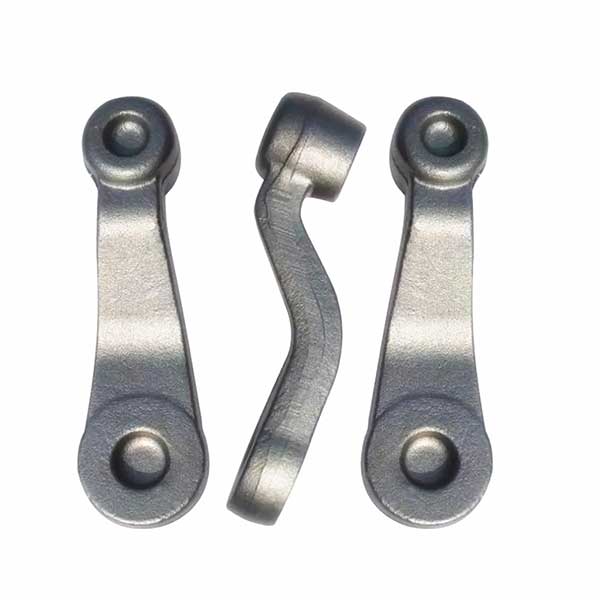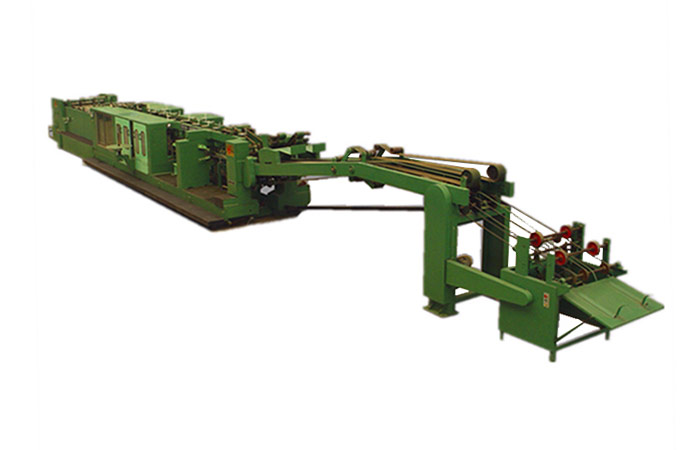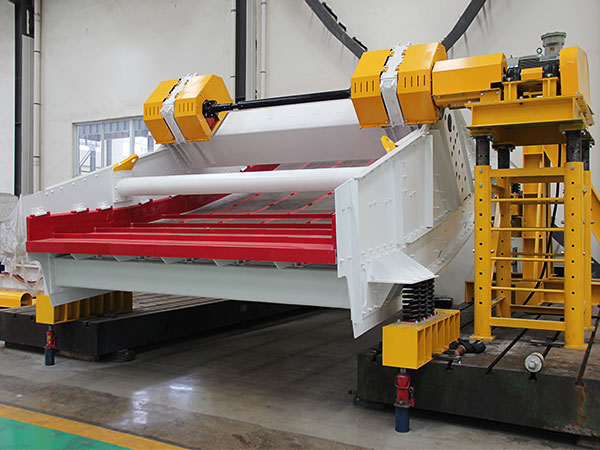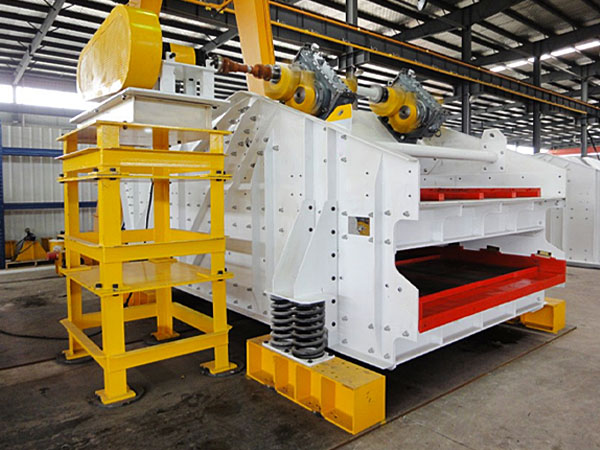https://www.ls-casting-mold.com/wp-content/uploads/2023/06/Three-Drawer-Arc-Movable-Cabinet.jpg
600
600
lsmojv
http://www.ls-casting-mold.com/wp-content/uploads/2018/12/lslogo-300x138.png
lsmojv2023-06-15 09:20:422023-06-15 09:20:42What are the features of the mobile cabinet
https://www.ls-casting-mold.com/wp-content/uploads/2023/01/轴叉锻件.jpg
800
800
lsmojv
http://www.ls-casting-mold.com/wp-content/uploads/2018/12/lslogo-300x138.png
lsmojv2023-06-07 11:09:002023-06-07 11:09:00WHAT IS HOT FORGING USED FOR?
https://www.ls-casting-mold.com/wp-content/uploads/2022/08/Harmonic-Reducer-Bearing.jpg
700
700
lsmojv
http://www.ls-casting-mold.com/wp-content/uploads/2018/12/lslogo-300x138.png
lsmojv2023-06-07 11:03:512023-06-07 11:03:51What are the features of harmonic reducer bearings
https://www.ls-casting-mold.com/wp-content/uploads/2023/03/10寸修理包2-e1679463670191.jpg
451
600
lsmojv
http://www.ls-casting-mold.com/wp-content/uploads/2018/12/lslogo-300x138.png
lsmojv2023-06-07 10:57:172023-06-07 10:57:17What is the point of a clutch kit?
https://www.ls-casting-mold.com/wp-content/uploads/2022/03/IMG_2083-e1646274786744.jpg
400
600
lsmojv
http://www.ls-casting-mold.com/wp-content/uploads/2018/12/lslogo-300x138.png
lsmojv2023-06-07 10:49:592023-06-07 10:49:59Mobile archive shelving price
https://www.ls-casting-mold.com/wp-content/uploads/2022/08/paper-tube-machine-2.jpg
376
495
lsmojv
http://www.ls-casting-mold.com/wp-content/uploads/2018/12/lslogo-300x138.png
lsmojv2023-06-07 10:39:062023-06-07 10:39:06What are the performance of the paper tube machine
https://www.ls-casting-mold.com/wp-content/uploads/2022/02/移动氢氧化钙生产线7-e1644565056663.jpg
529
600
lsmojv
http://www.ls-casting-mold.com/wp-content/uploads/2018/12/lslogo-300x138.png
lsmojv2023-06-07 10:30:112023-06-07 10:30:11WHAT ARE THE PERFORMANCE OF HYDRATED LIME PRODUCTION LINE
https://www.ls-casting-mold.com/wp-content/uploads/2022/02/Vibrating-Screen4-1.jpg
450
600
lsmojv
http://www.ls-casting-mold.com/wp-content/uploads/2018/12/lslogo-300x138.png
lsmojv2023-06-07 10:22:252023-06-07 10:22:25What are the types of vibrating screens?
https://www.ls-casting-mold.com/wp-content/uploads/2022/03/20181211140425_4358.jpg
450
700
lsmojv
http://www.ls-casting-mold.com/wp-content/uploads/2018/12/lslogo-300x138.png
lsmojv2023-06-07 10:16:082023-06-07 10:16:08What is the difference between high pressure grinding rolls and ball mill
https://www.ls-casting-mold.com/wp-content/uploads/2023/06/double-section-password-cabinet.jpg
600
600
lsmojv
http://www.ls-casting-mold.com/wp-content/uploads/2018/12/lslogo-300x138.png
lsmojv2023-06-07 09:59:172023-06-07 09:59:17What are the features of the confidential cabinet
Scroll to top












